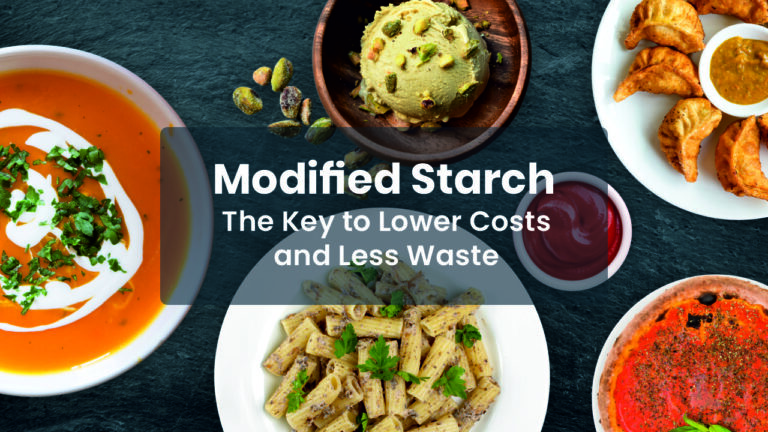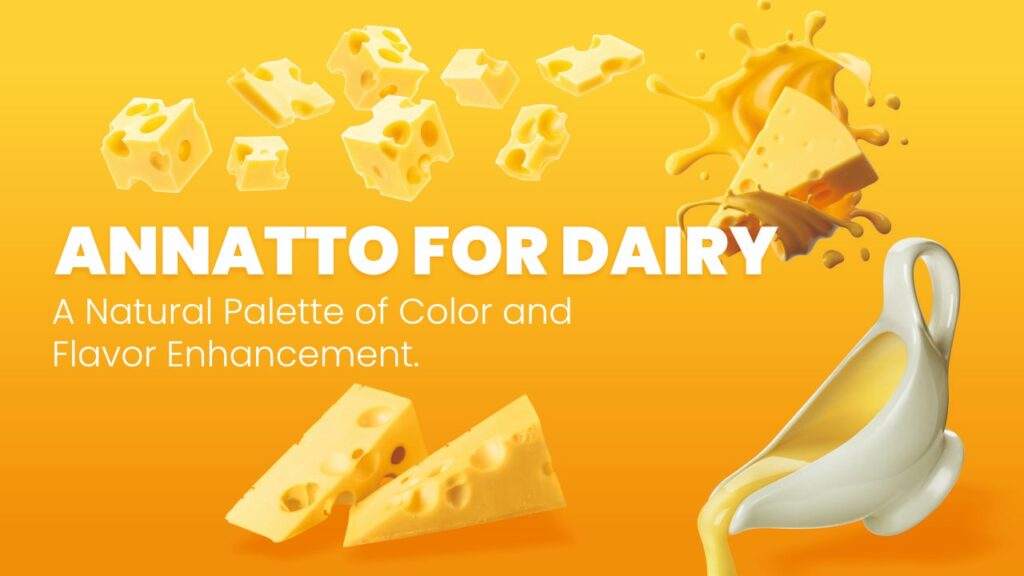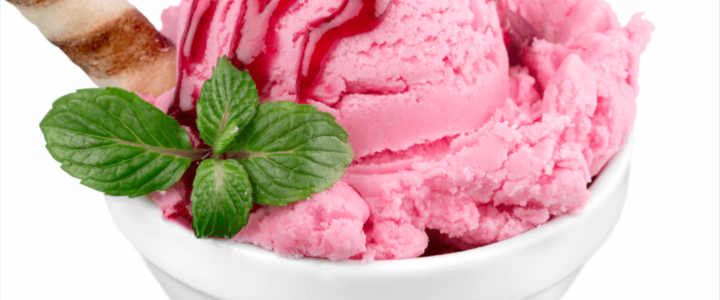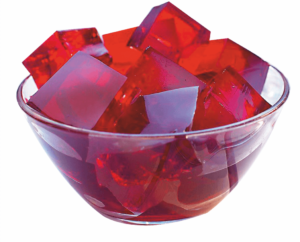Modified Starch: The Key to Lower Costs and Reducing Waste in Food Processing

The food manufacturing market always looks for better ways to increase productivity and decrease expenses and losses. Among the amazing solutions being discussed in recent years, modified starch is one of the most promising. This ingredient boosts food products’ textural properties and stability while making the manufacturing processes more sustainable.
What is Modified Starch?
Modified starches, being the magician in the culinary field, are turning native starches into food superheroes. Starch is primarily composed of Amylose a linear polysaccharide and Amylopectin a branched polysaccharide. These components play a key role in providing stability to your food products. Amylose, with its linear chains, is responsible for thickening and gelling, creating smooth, creamy textures. Amylopectin, with its branched structure, provides stability and consistency, making it essential for maintaining the desired texture in various foods. Physically, chemically or enzymatically processing these starches gives them the ability to possess better characteristics such as improved viscosity, and more stable and extended shelf life. This process of transformation makes it possible to form starches to meet different needs of food, which in turn brings perfection to all dishes like getting the right texture and consistency of the food. The outcome? A top-notch ingredient that makes up all recipes with an unmatched taste.
The current market for modified starch is growing fast. The global modified starch market was worth $13.7 billion in 2022 and is expected to reach $15.9 billion by 2027. Over the course of the study, the CAGR increased by 3.1%. Initially, Xanthan gum was used as an additive for its thickening and stabilizing properties. An increase in demand and low inventories caused a surge in prices. The uncertainty of availability has boosted the interest in the Modified starch.
Benefits in Food Manufacturing
Enhanced Product Quality
Among all the functionalities, modified starches can enhance the taste, texture, and overall appearance of the food in which they are incorporated. It is used in soups, sauces, and dressings, to name but a few; they can help in the prevention of phase separation, thus resulting in a uniform product from the first mouthful to the last.
Cost-Effective
In the domain of commercial fields, the main economic advantage of the usage of modified starches as opposed to native starches is the ingredient’s superior functionality and cost-efficiency. These specially engineered starches are now made to lend themselves to new ways of operation including thickening, stabilization, and prolonging the shelf life allowing the producer to simplify the formulation and reduce the use of primary ingredients such as fats and protein derivatives. Modified starches can be used as fat reducers. This reduction in costs which is linked to the replacement of fat with modified starches, in addition to the healthier alternatives, are the major advantages. The joint value of their cheaper ingredients and better nutrition profiles makes these special starches more seamless in application. The same or even better results can be achieved by using less than half the quantity of Modified Starch as compared to Native Starch, thereby reducing costs.
Waste Reduction
Modified starches (MS) help to keep food products fresh as they have more stability than native starches, thus cutting waste and spoilage. It is reported that their unique properties make products more homogenous and better quality by enhancing or smoothening entire processing conditions. In this respect, they are simply the magical ingredient in both stances and guarantee the durability and performance of any kind of food processing.
Versatility
The food processing industries are major consumers of modified starches, thus, the applications of these particular starches span industries such as bakery, dairy products, sauces, snacks, and practical confectionery. The diverse uses of modified starches by the manufacturer mean to develop a simplified list of ingredients, which leads to the storage and procurement processes’ simplification. Through the use of various interchangeable promoters, modified starches ensure optimization of the formulations required to achieve the desired structures and stability at competitive prices. For instance, E1450 (Starch sodium octenyl succinate) can create the desired consistency at the given temperatures, E1420 ( Acetylated starch) alters features, E1422 (Acetylated distarch adipate) increases setting and thickening, E1440 (Hydroxypropyl Starch) keeps the product in set conditions, E1442 (Hydroxypropyl distarch phosphate) retains moisture in food. This alterable quality leads to the production of high-quality products at lower costs, which could replace more costly competitors.
Sustainability and Environmental Impact
It contributes to the sustainable approach in the industry since it incorporates modified starches. In the process of realizing advanced usability, manufacturers should be able to reduce waste and increase the shelf-life of products to minimize the impacts on the environment. At the same time, modified starches are rather simple in production when compared to other ingredients, and they need less energy to be produced, lowering the cost of the product and the environmental impact of the process.
Challenges and Considerations
Overall, modified starches have many advantages; however, the most important part remains the selection of the product. The best type should be chosen to optimise the effects. Native starches frequently give inconsistent results, possibly interrupting inventory planning and hindering application trials. Finding the correct molecular starch for a certain application may necessitate lengthy and costly material experimentation The manufacturer needs to choose between the types of starches depending on the application. Bottleneck issues include regulatory issues, consumers’ demand for clean labels, and the possible allergenicity of the formulated product.
Conclusion
In conclusion, Modified starches are transformative solutions in the food manufacturing landscape, providing key benefits over product quality, cost saving, waste reduction, premium mouthfeel and consumer experience. Their capacity to improve texture, stability, and shelf life makes them a powerful ingredient in a variety of applications including soups and sauces, Pasta, Noodles, Ice creams, Snacks, Confectionary
Regardless of their benefits, choosing the right modified starch takes careful study to optimise performance and manage issues such as regulatory compliance and consumer preferences. As the industry evolves, modified starches will play an important role in enhancing sustainability and efficiency in food processing, bringing both economic and environmental benefits. The continued research and implementation of these new components may potentially define the future of food manufacturing.
Reference:
https://www.marketsandmarkets.com/Market-Reports/modified-starch-market-511.html











